Ikat Limar: The Ancient Malay Textile represents a systematic study undertaken on ikat limar patterns and motifs, using authentic limar fabrics from museums, antique shops, local weavers and personal collections. The first section provides a historical perspective on the Malays in Malaysia and their culture which relates towards their textile. What is notable about Malay textiles is that they have kept their value in creating patterns and motifs within their surroundings and experience of everyday life.
In Malay textiles, various motifs and patterns from the past are still preserved in songket textiles but not ikat Iimar which is also part of the Malay heritage. This first section of the book provides a new historical perspective on Malaysian motifs and patterns for ikat limar.
Ikat limar is an ancient Malay weft ikat cloth, produced by a highly sophisticated technique which involves using tie-dye weft yarns. Ikat limar is documented in classical Malay literature and poems and was regarded as the finest and most valuable textile. and Thus it was specially made for the royal court and the nobility during past times. Unfortunately, the ikat limar is no longer produced in Malaysia, due to its complexity in weaving and at present no weavers understand the weft ikat technique. In principle ikat or resist dyeing involves the sequence of tying and dyeing sections of bundled yam to a predetermined colour scheme prior to weaving. Thus, the dye penetrates only the exposed sections of the yarn to form the pattern, which is then woven into the fabric.
In reviving the ikat limar, field trips to countries which are still practising ikat weaving were carried out to study the weft ikat techniques brief comparison studies between The ikat weaving in Thailand, Indonesia and India were conducted. In the conclusion of these comparison studies it was ascertained that weft ikat techniques could be revived for the making of ikat limar cloth. This knowledge has been passed to the weavers of Pahang and the resulting weaving can be seen in the final section of this book.
In the northeast of Malaysia, weavers are still using traditional looms to weave their traditional textiles but the weft ikat technique of ikat limar is no longer being practised. However, this kind of ikat limar is still woven in Palembang, Indonesia and Pattani, Southern part of Thailand. It is believed that there were cultural exchanges between Southern Thailand, Northeast Malaysia and Indonesia, which thrived until the thirteenth century. Evidence of these cultural exchanges is in the form of ninth-century bronze sculptures excavated in southern Thailand, which are similar to those found in central and eastern Java.
There is also some similarity in the motifs of ikat limar from Palembang and those from Terengganu/Kelantan, for example, the motifs of bunga tampuk kesemak (Sharon fruit), bunga bintang (star), bunga cengkih (clove) and potong wajik (diamond shape). These motifs can be found in ikat or in songket weaves (supplementary weft weave of the metallic golden thread). However, there exist some subtle differences in the patterns of the ikat limar from Palembang and those from Malaysia.
Ikat limar is mostly woven in silk and has beautiful intricate designs. The weft ikat technique of ikat limar is believed to have originated from Patani (southern Thailand) and come to the states of Kelantan and Terengganu through the processes of migration and cultural diffusion. The Siamese influence on the Northern Malay Peninsular states can still be seen till today, for instance in the use of the gigi yu (sharks' teeth) motifs around the classic Malay pucuk rebung (bamboo shoot), reminiscent of the Siamese hold on the old Malay world. It is said that the Malay designs from Kelantan are predominantly of Cambodian and Siamese influence through Pattani, and the designs from Terengganu are of Sumatran influence through Palembang and Jambi. Prior to the nineteenth century, these textiles were produced under royal patronage echoing the fact that possession of an ikat or songket cloth symbolized wealth and status in the community.
Generally, yellow coloured textiles were all exclusively for royalty and for that reason common people were forbidden to use them. Only much later were they allowed to wear them on the wedding days. By the nineteenth century, these rules became more relaxed and more affluent commoners started to own their own ikat limar and songket. Unfortunately, the art of making ikat limar gradually ceased to exist after the Second World War and only songket weaving has survived to the present day.
Today, not many people know about the ikat limar cloth. Its patterns, colours, motifs and knowledge of the ikat weaving technique have been lost. The uses of the ikat limar are little known, probably only to those who still possess it. Some authors, who write about the ikat limar cloth, generally describe the beauty and the use of the fabric in the rich Malay culture.
Ikat Limar: The Ancient Malay Textile is the efforts of the author to document this unique and culturally-rich art for the next generation, and its historical origins will open up new ideas to revive and sustain ikat limar textiles.



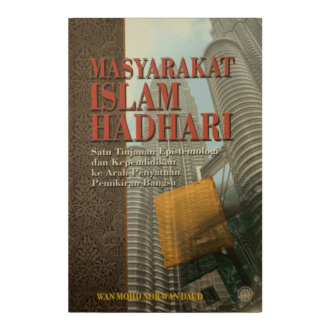
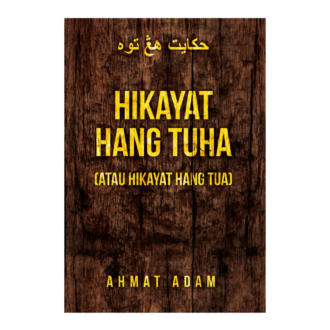
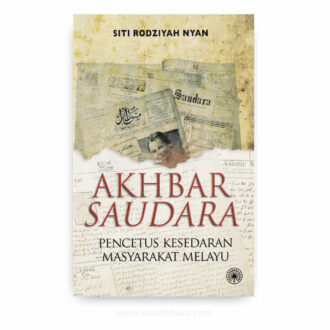
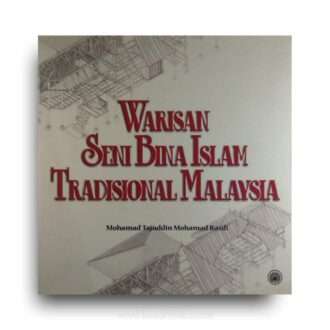

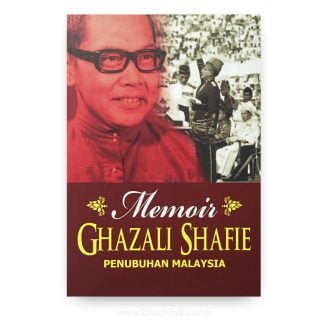

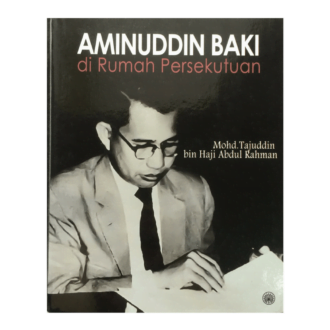
Reviews
There are no reviews yet